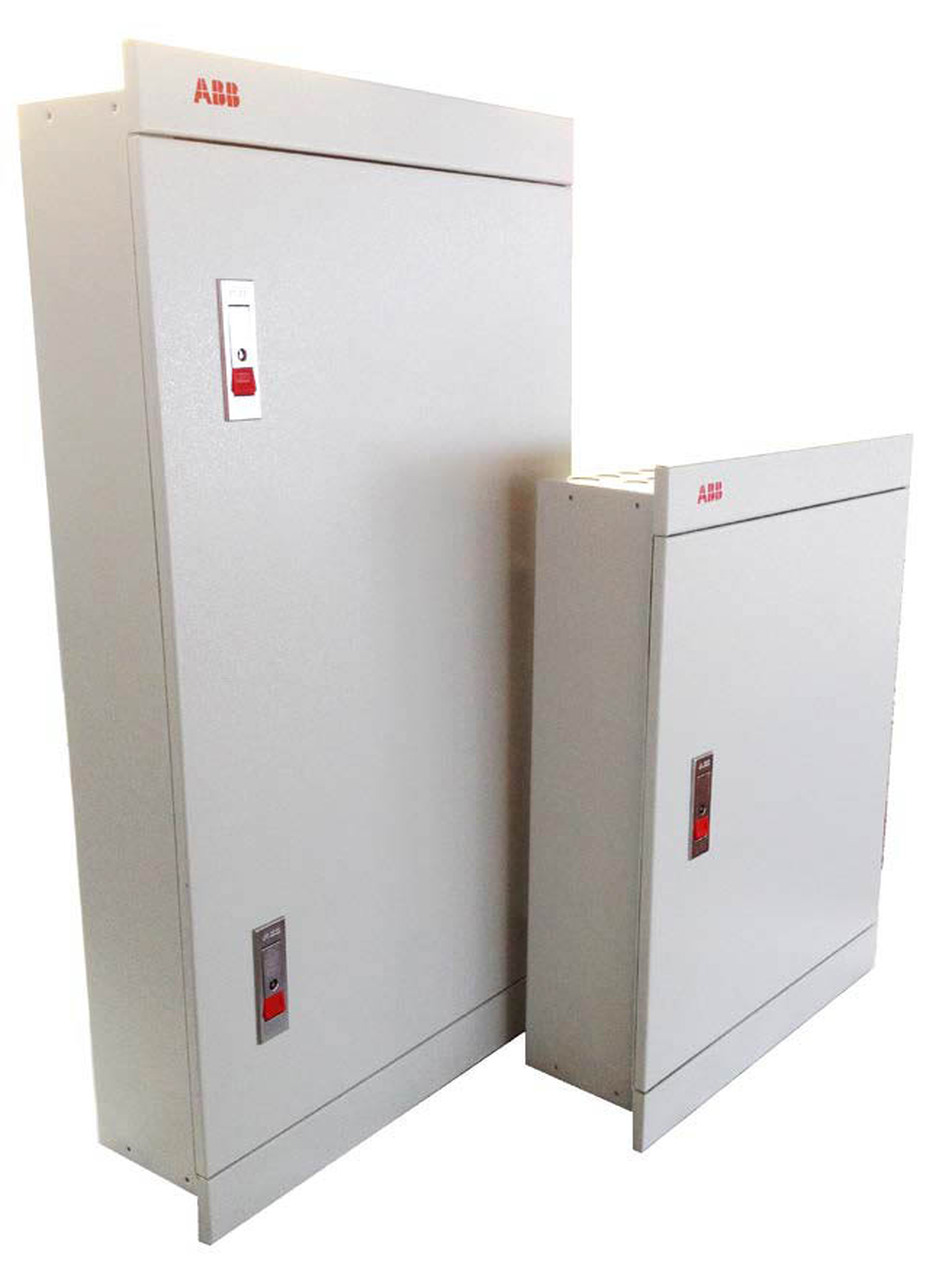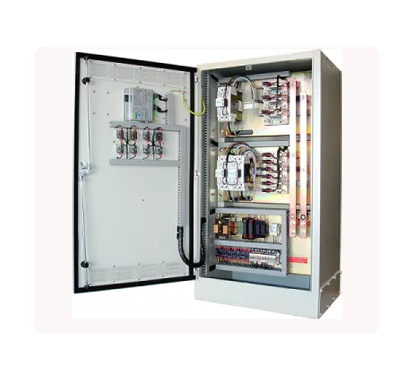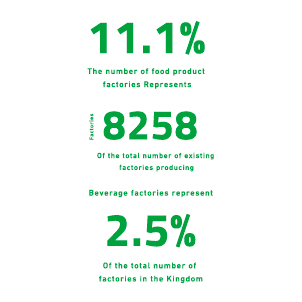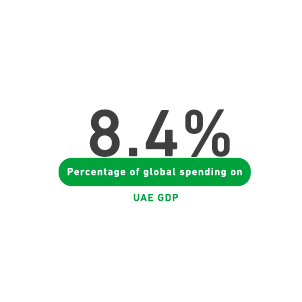Metal Electrical Box Factory is an industrial unit specializing in specializing in manufacturing and metal electrical metal electrical boxes. Boxes are metal containers utilized for storing and safeguarding electrical switches and circuit breakers. They come in various sizes and shapes to accommodate diverse electrical installations in industrial, residential, and commercial buildings. “Metal Electrical Box Factory targets infrastructure, power grids, contracting companies, and stores selling electrical appliance supplies

“Metal Electrical Box Factory is an industrial unit specializing in manufacturing and metal electrical boxes. Boxes are metal containers utilized for storing and safeguarding electrical switches and circuit breakers. They come in various sizes and shapes to accommodate diverse electrical installations in industrial, residential, and commercial buildings.
“Metal Electrical Box Factory targets infrastructure, power grids, contracting companies, and stores selling electrical appliance supplies
The “Mashroo3k” consulting company offers a specialized feasibility study based on an extensive database that covers all aspects of the target market for entrepreneurs interested in investing in metal electrical boxes factory projects. Our provided study assists our clients in making informed investment decisions by conducting comprehensive analyses of competitors, consumers, market gaps, and supply and demand dynamics. It also outlines project opportunities and challenges, addressing technical aspects such as location, infrastructure, production capacity, and product standards. Furthermore, it delves into financial considerations, including cost and revenue projections, cash flows, internal rate of return, payback period, breakeven point, and other key indicators relevant to all investors. Hence, “Mashroo3k” is recognized as the leading provider of systematic and scientific feasibility studies in the Arab world



Executive Summary
Project Service/Product Study
Market Size Study
Study of Risks
Technical Study
Financial Study
Regulatory and Administrative Study

The Industrial Sector in the Gulf Cooperation Council countries
The industrial sector stands as a cornerstone in the renaissance of the world economy with its metrics serving as barometers of national progress and development The robustness of the industrial sector in certain Western nations today has played a pivotal role. Given the importance of this sector, Mashroo3k is pleased to present you with the following essential insights into the industrial sector of the Gulf Cooperation Council countries
The Kingdom of Saudi Arabia:
The United Arab Emirates:
Kuwait:
Qatar:
Oman:
The United Arab Emirates:
Kuwait:
Qatar:
Oman:

The Industrial Sector in the Gulf Cooperation Council countries
There are 1801 factories under construction in the Kingdom of Saudi Arabia. The number of licensed workers in these factories is 78,650. . The factories capital is estimated at approximately SAR 68,481 million.
Riyadh accounts for 40.4% with (728 factories) of these under-constructing factories.
The industrial sector in the UAE contributes about 8.4% to the GDP.
The industrial exports value exceeded AED 240 billion.
The UAE aspires to be ranked 25th in the Global Manufacturing Competitiveness Index, having held 38th place years ago.
The UEA strategy supports the establishment of 13,500 small and medium enterprises.
The industrial sector in the UAE contributes about 8.4% to the GDP.
The number of facilities with more than 20 workers is 549 The number of workers in these facilities reached 129,735. The total production value of these facilities reached KWD 35,566,260 thousand.
Manufacturing industries contribute around 9.2% to the GDP
The number of facilities with less than (10 workers) is 1799 , and the total number of workers in these facilities is 8,305.
The number of facilities with more than (10 workers) is 1668. the total number of workers in these facilities is 153,567.
The manufacturing industries exports account for 31.4% of Oman’s total exports.
The growth rate of manufacturing industries is estimated at approximately 6% over the past five years.